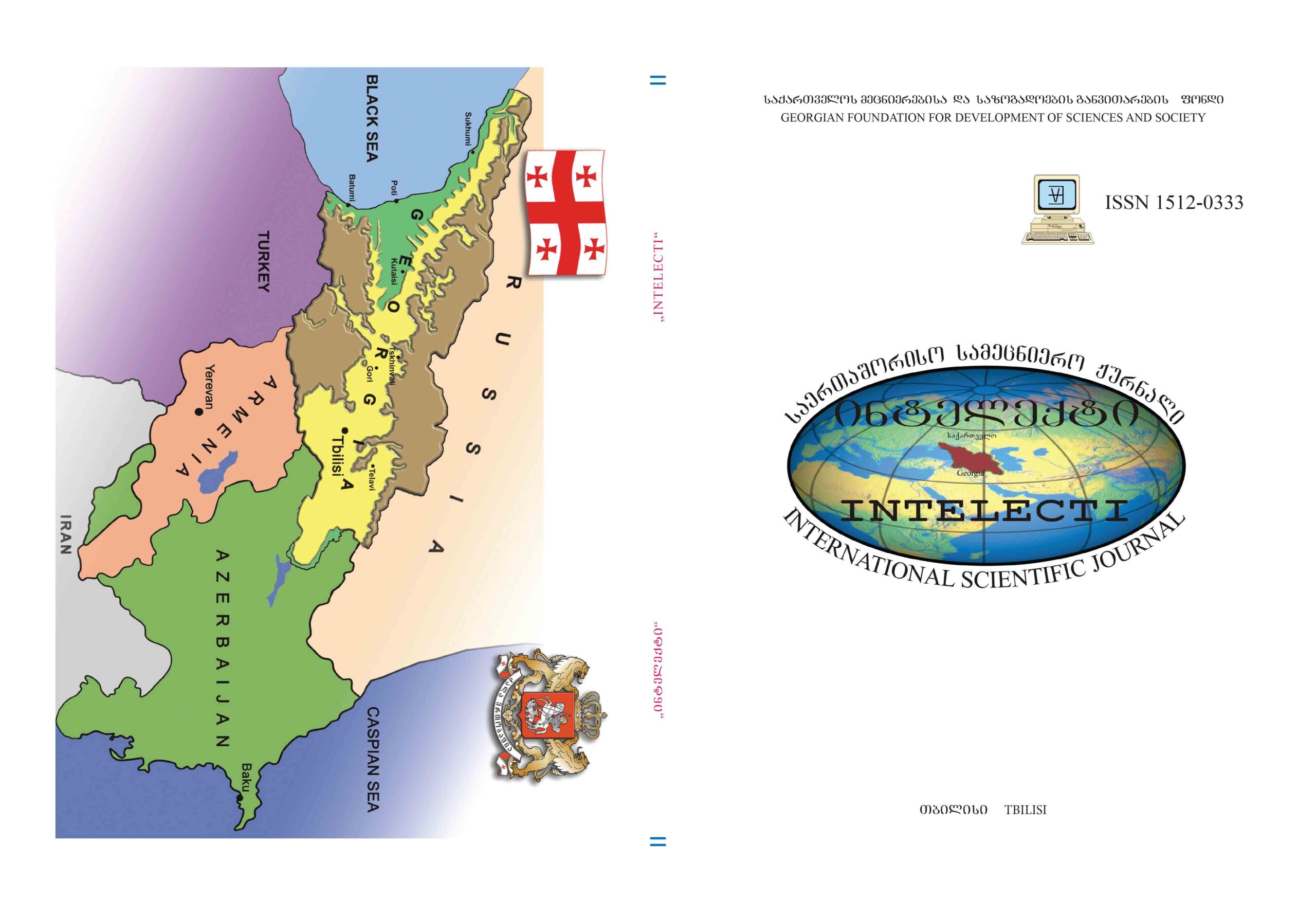Analysis and Development Opportunities of the Emergency Rapid Procurement System
Main Article Content
Abstract
The emergency rapid procurement system represents one of the most critical components of modern public and private
organizations, directly reflecting process efficiency, transparency, and resource optimization. In conditions of economic and
global changes, the effectiveness of public governance and the public sector is significantly determined by the speed and quality
of procurement management processes. Emergency procurement cases are particularly important when rapid response is
required in crisis situations, such as natural disasters, pandemics, armed conflicts, or other urgent needs. This article examines
the current state of the emergency rapid procurement system, its systemic weaknesses, and challenges that may hinder process
optimization and result in unnecessary resource expenditure. The research is based on both Georgian experience and
international practices, allowing for the identification of systemic problems, assessment of existing practices, and exploration of
potential opportunities. International experience demonstrates that modern rapid procurement systems successfully utilize
digital platforms, automated monitoring, electronic tenders, and efficient communication channels, significantly enhancing
process transparency and ensuring better resource allocation (Handfield et al., 2019; Sassaoui, 2022; Rutaba, 2025). The scientific
contribution of this study lies in conducting a systemic analysis that considers legal, technological, and organizational aspects
together, providing insights into both existing challenges and possible development and optimization pathways. The article
discusses the normative and legislative framework governing emergency procurement processes in Georgia, including
procurement speed, control mechanisms, accountability, and monitoring procedures. The study also highlights the role of digital
technologies in rapid procurement systems. Modern electronic platforms, data analytics, and automated processes significantly
reduce administrative burdens, increase decision-making speed, and provide high-quality control capabilities. The research
presents practical recommendations for improving system efficiency, including process standardization, employee capacity
building, implementation of integrated monitoring systems, and adaptation of international best practices. Beyond technological
aspects, the study addresses economic efficiency. Optimizing emergency procurement enables effective resource utilization, cost
reduction, and more targeted allocation of funding. The article also explores social and managerial effects, including increased
transparency, reduced corruption risks, and enhanced public benefits.
